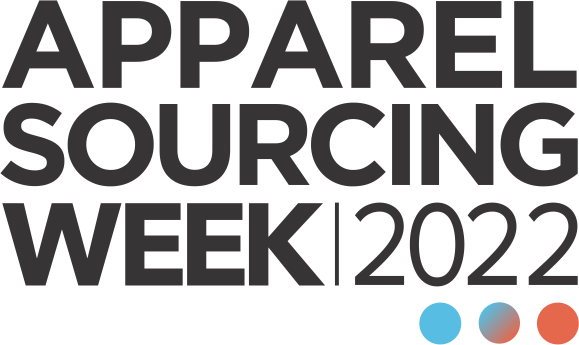AGENDA 2022
Understandably, the retailer and the brands are exploring new ways to know their customer more intimately. Buying / Sourcing / Merchandising / Designing teams with the retailers and brands, run by enterprising managers are critical links to the entire process of selecting the right design, right product and right vendor who can connect with the needs of the end customer.
VENDOR SESSION
SPEAKERS
REINVENTING PHYSICAL RETAIL
SPEAKERS
FASHION INNOVATION USING AI
It will be interesting to know what all brands are doing to grow their businesses by applying artificial intelligence.
Read MoreSPEAKERS
UPCYCLING- THE NEW FRONTIER FOR SUSTAINABILITY
SPEAKERS
SOURCING IN TIMES OF DIGITISATION…
SPEAKERS
BRIDGING SESSION 2: SUPARNA MALHOTRA, VICE PRESIDENT, NEWTIMES GROUP
SPEAKERS
IDEATIVE SESSION 1: FUTURE CONSUMER 2024 BY WGSN EXPERTS
SPEAKERS
SPOTLIGHT SESSION 2: MOHD. KAMALUDDIN, BGMEA
SPEAKERS
CHANGES IN GLOBAL CONSUMER TRENDS
All these have significant implications for the fashion industry around the world. The traditional strategies of retail and sourcing are becoming redundant, paving way for more agile supply chains which are enabled to service the new consumer better.
Fashion players around the world need to focus on improving the consumer shopping experience, make best use of the social media channels, get digital ready and make sustainability their top priority.
Today, these trends not only impact the fashion players in developed markets like US, Europe, Japan, but also in the Asian and other growing economies. Our panellists will present a global outlook on these substantial topics and provide lot of important insights and examples from around the world, which will be useful for all the stakeholders in fashion retail.
Read MoreSPEAKERS
Session Sponser


VENDOR SESSION
SPEAKERS
OPEN-HOUSE SESSION
While panel discussions are debate platforms where serious issues that impact the industry are deliberated upon, an open house session is a free flowing, interactive format where there is constant ‘to and fro’ of ideas between the presenter and the audience. The idea is to exchange thoughts and talk experiences.
This format of knowledge sharing appeals to middle level professionals and younger audiences that are keen to hear experiences of people or set of people working in areas that they would like to walk the path at some point of time.
In store for participants at ASW 2021 is a series of 6 open house sessions that tackle some really ‘today’ topics that are trending on digital platforms and young professionals want to know more from people who have the experience.
Read MoreSPEAKERS
NEW PRODUCT CATEGORIES FOR THE FUTURE
Athleisure has rocked the fashion world in recent years by taking stretchy leggings out of the gym and into everyday life. Also, as a cultural shift, it is acceptable to wear T-shirts and yoga pants to office. Smart Garment is equally gaining attention of the consumers, especially athletes, with its ability to track heartbeats and other body parameters which have actually become need of the athletes nowadays. However, these product categories have their own challenges such as fabric composition, electronics, manufacturing difficulty and washing cycles.
These are exciting times for all these product categories and our panellists will share lot of new examples of how they see this market evolve in the years to come.
Read MoreSPEAKERS
RETAIL DISRUPTION AS WE ENTER THE NEXT DECADE
While consumers will play a major role in deciding when and what should be produced, technologies like artificial intelligence, chatbots, blockchain, augmented reality are already changing the game of retail. Going forward, these technologies will be even more significant not just to increase the shopping experience for the consumer, as much as possible within a retail store and in the digital space - but also to manage the complete supply chain. Collectively all these factors will impact product, sourcing, manufacturing and retail as a whole.
Our panellists are top retailers of India and are very much abreast with this topic and will share their insights into the future of Indian retail.
Read MoreSPEAKERS
Interested in Expo and Conference Delegation?
+91 8920343245
exhibitors@apparelresources.com
Mayank Mohindra
+91 9810611487
mmohindra@apparelresources.com








































































